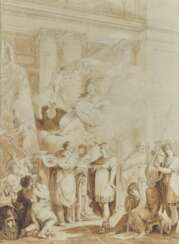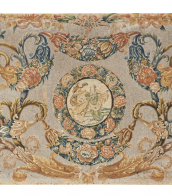174
.jpg)
Jacint Rigau-Ros i Serra, known in French as Hyacinthe Rigaud, was a Catalan-French baroque painter most famous for his portraits of Louis XIV and other members of the French nobility.

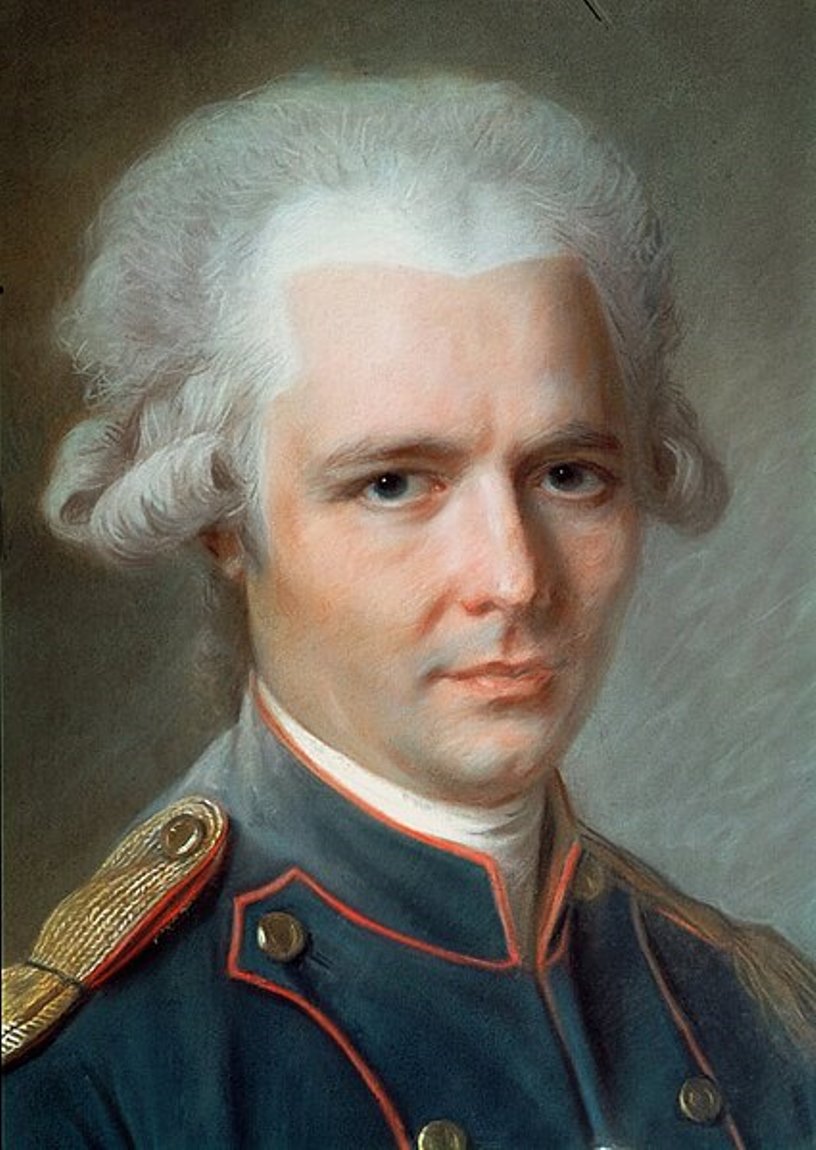
Pierre Choderlos de Laclos, full name Pierre Ambroise François Choderlos de Laclos, was a French politician, inventor, military leader, and writer.
De Laclos initially pursued a military career, but soon abandoned it, deciding that he would achieve greater fame by becoming a writer. He wrote poetry, erotic stories. His first novel "Dangerous Liaisons" (Les Liaisons dangereuses, 1782) immediately made a great impression and caused a mixed reaction in society. This is one of the masterpieces of novelistic literature of the XVIII century, which describes the love affairs of the aristocracy. On its motives, a large number of commentaries were later written, plays were staged and movies were filmed.
Later, Pierre Choderlot de Laclos worked for some time as secretary to the Duke of D'Orleans, writing several treatises on military and political topics. And in 1792 he again joined the army, where under Napoleon he rose to the rank of general, participated in the Rhine and Italian campaigns.


Anne Vallayer-Coster was a renowned French artist, celebrated for her exceptional still-life paintings that captivated 18th-century art enthusiasts, including the French Queen Marie Antoinette. Born into an artistic family in 1744, Vallayer-Coster's talent was evident early on, leading to her unanimous election into the prestigious Académie Royale at just 26 years old. Her works, characterized by their vibrant color, meticulous detail, and textural precision, often depicted bowls of fruit, game, shells, and flowers, showcasing the opulence of French aristocracy before the Revolution.
Vallayer-Coster's career was notable not only for her artistic achievements but also for her ability to navigate the male-dominated art world of her time. Despite the societal constraints on women artists, she gained the patronage of influential figures like Marie Antoinette and was one of the few women admitted to the Royal Academy of Painting and Sculpture. Her work received critical acclaim at the Salon, where she exhibited regularly from 1771 until 1817, and her still-lifes were praised for their sensuality, illusionistic perfection, and the rich, indulgent luxury they portrayed.
One of Vallayer-Coster's most ambitious works, Still Life with Flowers in an Alabaster Vase and Fruit (1783), exemplifies her unparalleled skill in capturing the soft textures of flowers and their harmonious arrangement. This masterpiece was hailed as such at the Salon of 1783 and is considered by Vallayer-Coster herself as her finest painting. Lost for nearly two centuries, it was recently rediscovered in an almost pristine state and is now part of the National Gallery of Art's collection, highlighting Vallayer-Coster's significant contributions to European art history.
Throughout her career, Vallayer-Coster produced more than 120 still lifes, always with a distinctive brilliance in color, earning her a place among the elite artists of her time. Despite facing challenges during the French Revolution due to her close association with the monarchy, she continued to exhibit her work and contribute to the art world until her death in 1818.
For collectors and experts in art and antiques, Anne Vallayer-Coster's legacy is a testament to her skill, resilience, and the impact of her work on the history of art. To stay updated on new product sales and auction events related to Anne Vallayer-Coster, sign up for updates that focus solely on this exceptional artist's contributions to the art world.


Maria Anna Angelica Kauffmann was a Swiss Neoclassical painter who had a successful career in London and Rome. Remembered primarily as a history painter, Kauffmann was a skilled portraitist, landscape and decoration painter. She was, along with Mary Moser, one of two female painters among the founding members of the Royal Academy in London in 1768.


Benjamin Wilkes was a British artist and amateur naturalist who lived in London in the 18th century.
Wilkes painted historical sites and portraits. Having been invited to a meeting of the Aurelian Society, where he first saw specimens of butterflies and moths, he became fascinated with insect observation and in his spare time began practicing entomology. He collected, studied, and sketched the various life cycles of scales, parasites, pupae, larvae, etc.
Wilkes published the first edition of his work, English Moths and Butterflies 1747-1749, assembled from 120 hand-colored engravings of insects. He also amassed a substantial collection of his own in London, which was open to the public.

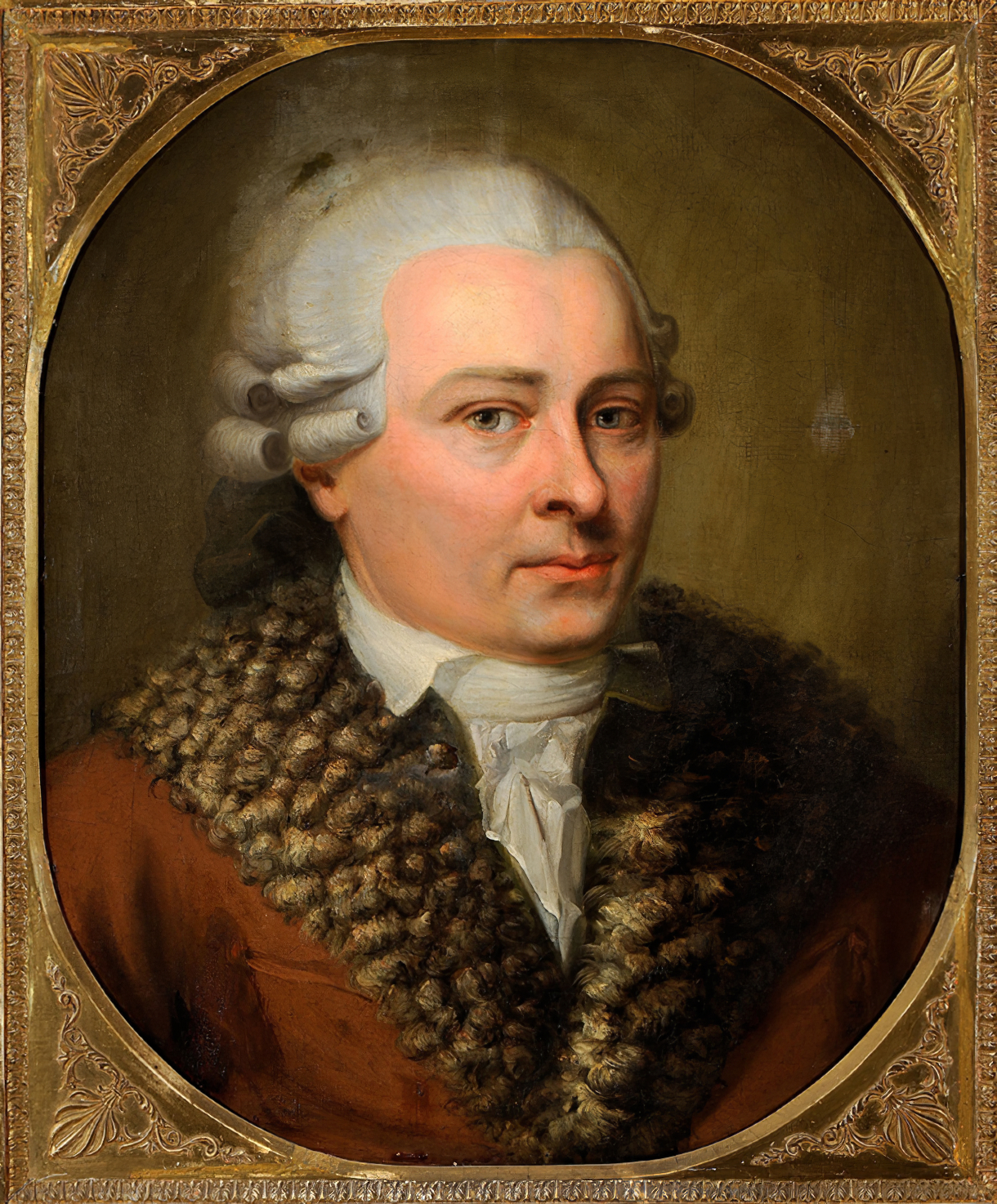
David Roentgen was a famous German cabinetmaker of the eighteenth century, famed throughout Europe for his marquetry and his secret drawers and poes and mechanical fittings. His work embraces the late Rococo and the Neoclassical styles.


Alexandre-François Desportes was a French painter and decorative designer who specialised in animals.








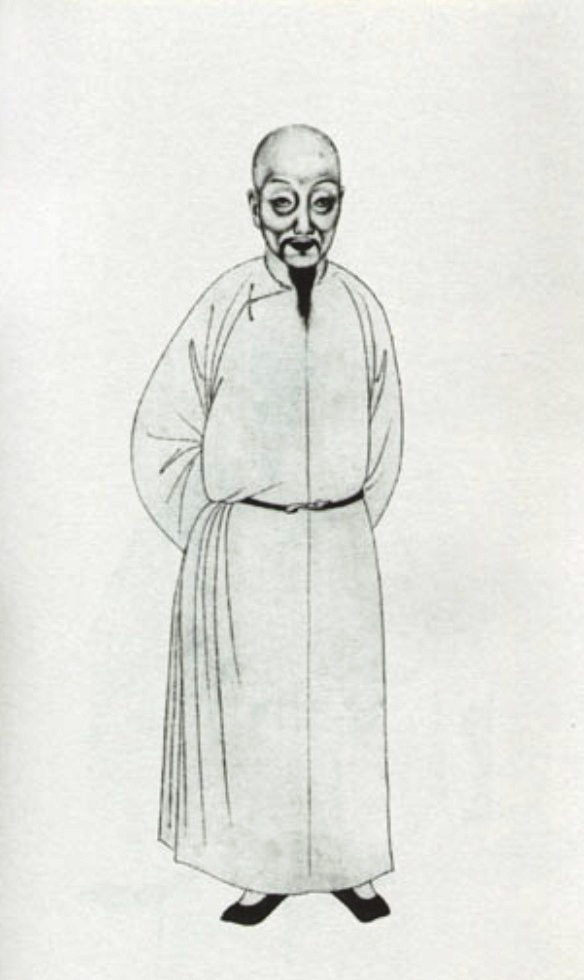
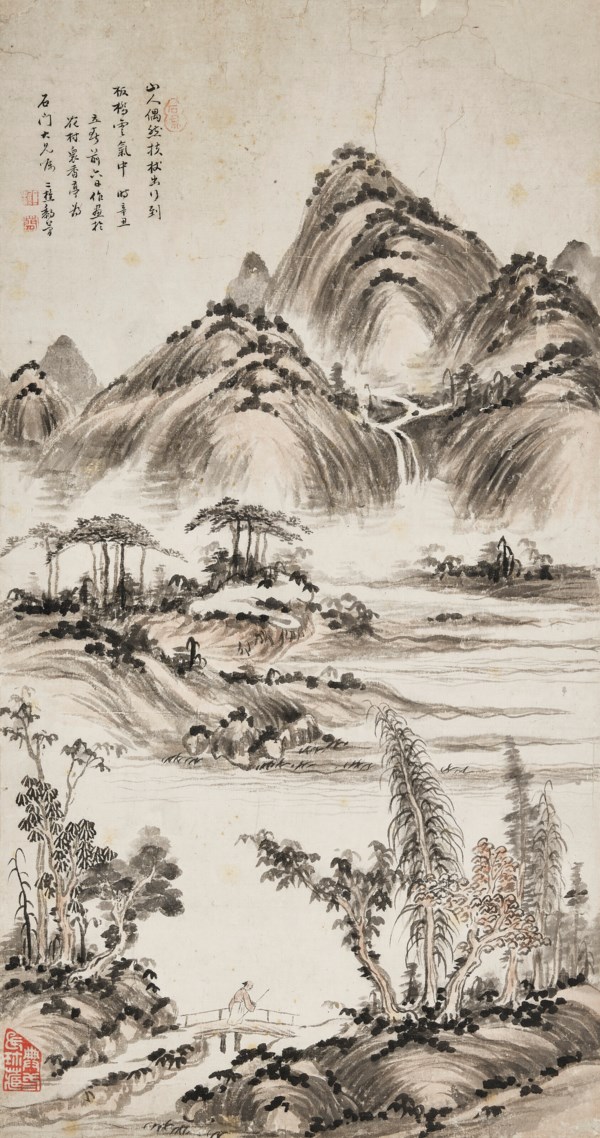





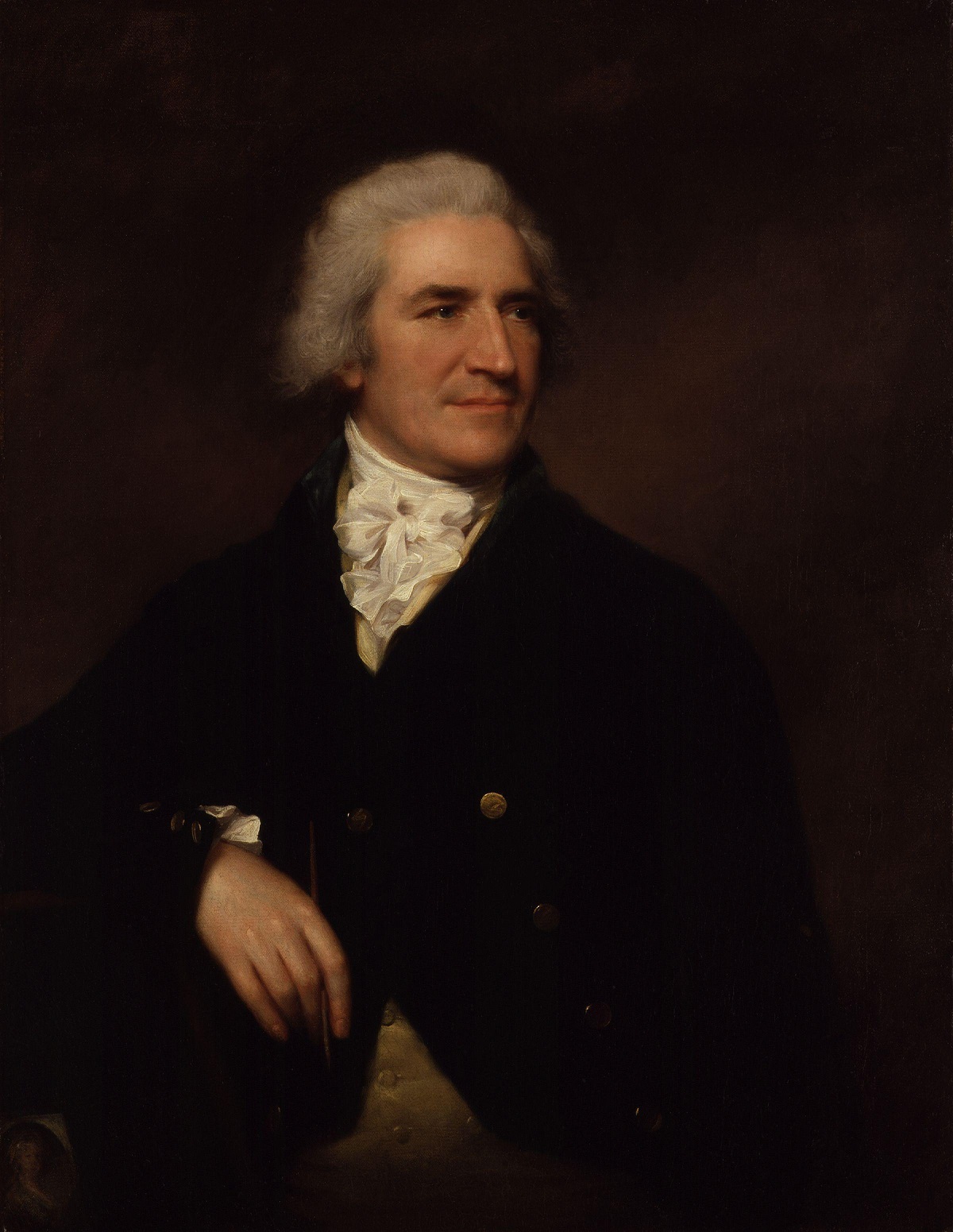
John Smart was an English painter of portrait miniatures. He was a contemporary of Richard Cosway, George Engleheart, William Wood and Richard Crosse.


John Smart was an English painter of portrait miniatures. He was a contemporary of Richard Cosway, George Engleheart, William Wood and Richard Crosse.

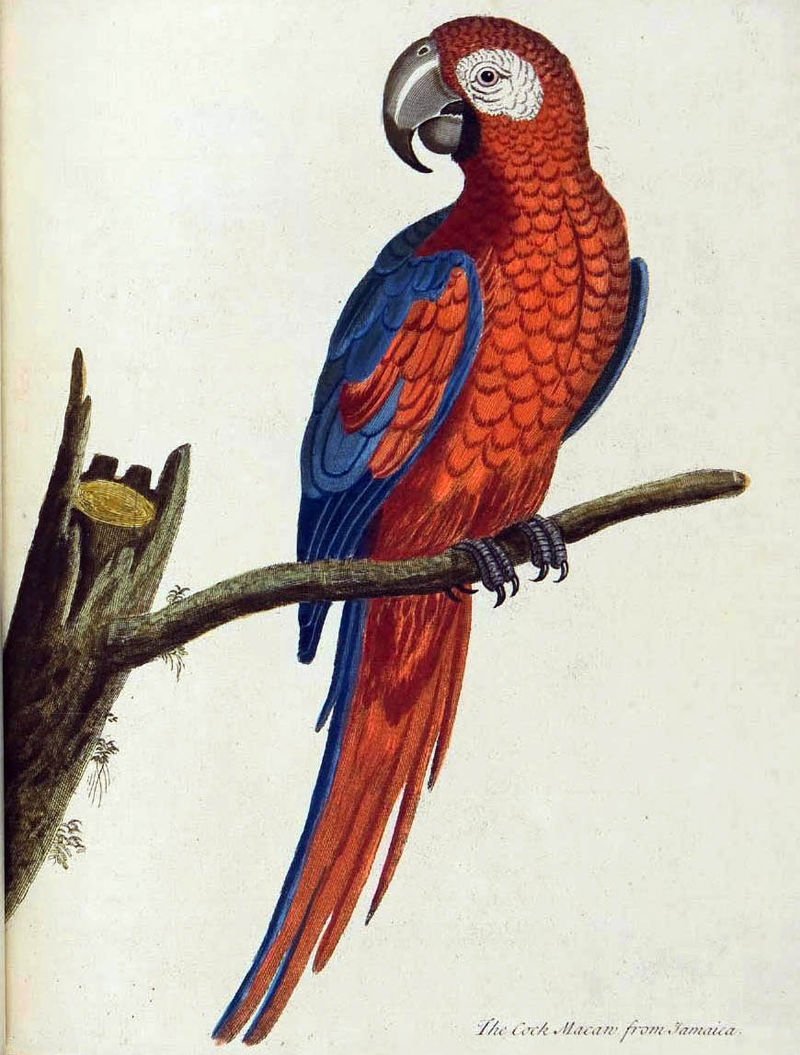
Eleazar Albin was a British naturalist and author of illustrated books on birds and insects.
Albin wrote and illustrated a number of books, including A Natural History of English Insects (1720), A Natural History of Birds (1731-38), and A Natural History of Spiders and Other Curious Insects (1736). His work was based on careful observation and artistic talent. Eleazar Albin has been called one of the "great illustrators of entomological books of the 18th century".
Some of the illustrations in these books are by Albin's daughter Elisabeth. Eleazar Albin himself proudly wrote of his drawings that they were all painted from life, with all the accuracy of a sketch, unlike the sketches of other scientists, who did them either from memory or from stories.


Jacques-Louis David, a preeminent French artist of the Neoclassical movement, made a profound impact on the art world with his compelling history paintings and portraiture. Born in Paris in 1748 into a prosperous family, David's early life was marked by tragedy and ambition. Despite losing his father at a young age and facing opposition from his family, his determination to pursue art led him to become a student of Joseph-Marie Vien and later, a notable figure in the French Academy in Rome. David's artistic journey was characterized by a rigorous classical education, culminating in winning the prestigious Prix de Rome in 1774, which allowed him to study the masterpieces of classical antiquity and the Renaissance in Italy.
David's work is renowned for its classical austerity, a response to the frivolous Rococo style that preceded him. His paintings, such as "The Oath of the Horatii," reflect a blend of classical themes with a modern sense of emotion and drama, resonating with the revolutionary spirit of his times. As the French Revolution unfolded, David aligned himself with its ideals, becoming an active supporter and using his art to serve political purposes. He was closely associated with leaders of the Revolution, including Maximilien Robespierre, and later became the official painter of Napoleon, contributing significantly to the iconography of the era.
Throughout his career, David had a significant influence on French art, not only through his own works but also as a teacher. His studio was a nurturing ground for the next generation of French painters, despite his reputation for being demanding. David's move to Brussels after the fall of Napoleon marked the final phase of his career, where he continued to paint until his death in 1825.
David's legacy extends beyond his contributions to Neoclassical art. He played a crucial role in the development of modern art history, blending classical ideals with contemporary themes, and influencing not only his contemporaries but also future generations of artists. His works, housed in museums around the world, continue to be studied and admired for their technical mastery and emotional depth.
For art collectors and experts, David's oeuvre offers a fascinating insight into a transformative period in art history, where the classical and the contemporary intersected to create a new visual language. His paintings not only depict historical and mythological scenes but also embody the ideals, struggles, and aspirations of his time.
For those interested in exploring the works of Jacques-Louis David and the impact of his art on the Neoclassical movement, updates on new product sales and auction events related to David's work can provide valuable opportunities to engage with his legacy. Signing up for updates ensures access to the latest information and events, offering a deeper understanding of this pivotal artist's contributions to art and culture.

.jpg)
Jacint Rigau-Ros i Serra, known in French as Hyacinthe Rigaud, was a Catalan-French baroque painter most famous for his portraits of Louis XIV and other members of the French nobility.


Donato Creti was an Italian painter of the Rococo period, active mostly in Bologna.
One memorable conceit in Creti's output is a series of small canvases depicting celestial bodies, disproportionately sized and illuminated, above nocturnal landscapes.


Michele Marieschi was an Italian painter, known for his landscape and cityscape paintings, primarily of Venice. Born in 1696, Marieschi was a pivotal figure in the veduta genre, a style focusing on detailed and often idealized representations of cityscapes. His works are celebrated for their architectural detail and the lively, fresh use of paint, distinguishing him from his contemporaries like Canaletto. Michele Marieschi's paintings often featured exaggerated perspectives, infusing scenes from life with the novelty of capricious invention.
His career included a significant period from 1735 to 1741 when he was registered with the Venetian painters' guild, indicating his recognition and establishment within the Venetian art community. In 1741, Marieschi published a set of 21 prints of Venice, providing a lasting legacy of his perspective on the city's unique landscape. This collection, titled "Magnificentiores Selectioresque Urbis Venetiarum Prospectus," included a self-portrait, underscoring his role in documenting Venice's architectural splendor.
Michele Marieschi's approach to vedute was influenced by his early work in scenery painting, allowing him to create urban views marked by an inventive use of perspective. This stylistic choice offered a new dimension to scenes taken from life, setting Marieschi apart from his peers.
For collectors and experts in art and antiques, Michele Marieschi's works represent a unique blend of architectural precision and imaginative composition. His influence on later painters, including Francesco Guardi, underscores his importance in the development of the veduta genre.
To stay informed about new discoveries, sales, and auction events related to Michele Marieschi's work, signing up for updates from relevant art institutions and auction houses is recommended. This subscription ensures that enthusiasts and collectors remain abreast of the latest developments related to this master of the Italian cityscape.






James Northcote was a British painter.



![[LACLOS, Pierre CHODERLOS de (1741-1803)]](/assets/image/picture_4257800/7113e/63e78d46615ac0577b3cd7cca92f5f7f1729065600jpg__fix_374_244.jpeg)
![[LACLOS, Pierre CHODERLOS de (1741-1803)]](https://veryimportantlot.com/assets/image/picture_4257800/7113e/63e78d46615ac0577b3cd7cca92f5f7f1729065600jpg__fix_374_244.jpeg)






